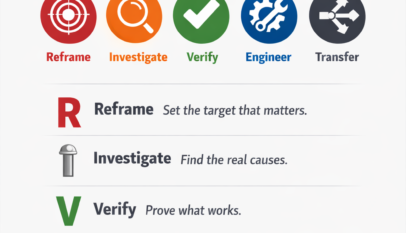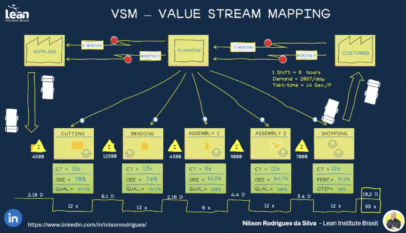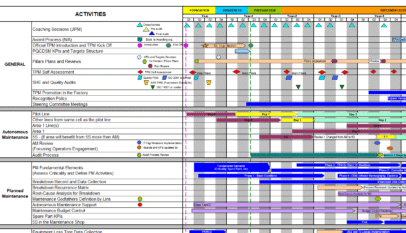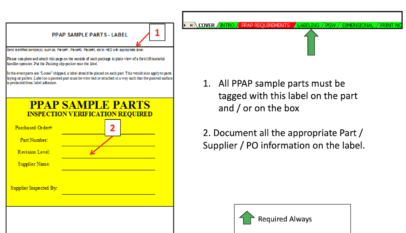Introduction
The automotive industry has always been at the forefront of innovation, from designing cutting-edge vehicles to adopting advanced manufacturing processes. As the industry evolves, so does the need for comprehensive quality management systems that ensure safety, reliability, and customer satisfaction. Enter IATF 16949, the International Automotive Quality Standard, which sets the benchmark for quality management systems in the automotive sector.
In this blog post, we’ll explore the importance of IATF 16949, its key principles, and the benefits it offers to organizations that adopt and implement it.
Understanding the IATF 16949 Standard
IATF 16949 is a globally recognized standard for automotive quality management systems developed by the International Automotive Task Force (IATF). This standard is based on ISO 9001, with additional requirements for the automotive industry. The main goal of IATF 16949 is to establish a comprehensive quality management system that promotes continuous improvement, defect prevention, and reduction of variation and waste throughout the supply chain.
Key Principles of IATF 16949
- Customer Focus: IATF 16949 emphasizes understanding and meeting customer requirements to enhance customer satisfaction. Organizations must ensure that customer needs are addressed at every stage of product development, manufacturing, and delivery.
- Leadership: Strong leadership and commitment from top management are essential for a successful quality management system. Management must establish a culture that values quality, and this commitment should be communicated to employees throughout the organization.
- Process Approach: IATF 16949 promotes a process-based approach to quality management, where all activities and resources are managed as interconnected processes. This approach facilitates a better understanding of how each process contributes to the overall quality objectives and helps identify areas for improvement.
- Continual Improvement: IATF 16949 encourages organizations to adopt a culture of continuous improvement, focusing on enhancing the effectiveness and efficiency of their quality management systems over time.
- Risk-Based Thinking: IATF 16949 incorporates a risk-based approach to decision-making, ensuring that organizations proactively identify and address potential risks and opportunities throughout the product lifecycle.
Implementing IATF 16949
It involves several steps, including:
- Gap Analysis: Conduct a thorough analysis to identify gaps between your organization’s current quality management system and the requirements of IATF 16949.
- Training and Awareness: Train employees on the principles and requirements of IATF 16949 and ensure they understand their role in maintaining and improving the quality management system.
- Documentation: Develop and maintain comprehensive documentation that outlines your organization’s quality policies, procedures, and work instructions, in compliance with IATF 16949 requirements.
- Process Improvement: Implement process improvements to address identified gaps and ensure compliance with IATF 16949. This may involve adopting new techniques, technologies, or management practices.
- Internal Audits: Conduct regular internal audits to assess the effectiveness of your quality management system and identify areas for improvement.
- Management Review: Top management should periodically review the performance of the quality management system to ensure its continued effectiveness and identify opportunities for improvement.
Benefits of IATF 16949 Certification
Organizations that achieve IATF 16949 certification can expect several benefits, including:
- Enhanced Reputation: Certification demonstrates your organization’s commitment to quality, which can enhance your reputation among customers, suppliers, and other stakeholders.
- Improved Customer Satisfaction: A robust quality management system helps ensure that products and services consistently meet customer requirements, leading to increased customer satisfaction.
- Greater Efficiency: By adopting a process-based approach and focusing on continuous improvement, organizations can streamline their operations, reduce waste, and increase overall efficiency.
- Access to New Markets: IATF 16949 certification is often a prerequisite for business with automotive manufacturers and suppliers worldwide. Certification can open new business opportunities and help expand your market reach.
- Risk Mitigation: A risk-based approach to decision-making enables organizations to proactively identify and address potential risks, resulting in improved product quality, reduced recalls, and lower warranty costs.
- Employee Engagement: Involving employees in the implementation and maintenance of a quality management system fosters a culture of ownership, accountability, and teamwork, leading to increased job satisfaction and productivity.
Conclusion
IATF 16949 is a vital tool for automotive organizations seeking to achieve excellence in quality management. Implementing the standard helps ensure compliance with customer and regulatory requirements and drives continuous improvement, risk mitigation, and greater operational efficiency. By embracing the principles of IATF 16949, organizations can enhance their reputation, expand their market presence, and ultimately increase customer satisfaction and loyalty.
Are you ready to embark on your IATF 16949 journey? Start by conducting a gap analysis, training your employees, and establishing a robust quality management system that aligns with the standard’s requirements. The benefits of certification are well worth the effort, and your organization will be better positioned for long-term success in the competitive automotive landscape.















